According to the AWS documentation on NAT Gateways, they cannot send traffic over VPC endpoints, unless it is setup in the following manner:
A NAT gateway cannot send traffic over VPC endpoints [...]. If your instances in the private subnet must access resources over a VPC endpoint [...], use the private subnet’s route table to route the traffic directly to these devices.
Following this example in the docs, I created the following configuration for my ECS app:
- VPC (
vpc-app) with CIDR 172.31.0.0/16. - App subnet (
subnet-app) with the following route table:
Destination | Target
----------------|-----------
172.31.0.0/16 | local
0.0.0.0/0 | nat-main
- NAT Gateway (
nat-main) invpc-appin subnetdefault-1with the following Route Table:
Destination | Target
----------------|--------------
172.31.0.0/16 | local
0.0.0.0/0 | igw-xxxxxxxx
- Security Group (
sg-app) with port 443 open forsubnet-app. - VPC Endpoints (Interface type) with
vpc-app,subnet-appandsg-appfor the following services:
com.amazonaws.eu-west-1.ecr.api
com.amazonaws.eu-west-1.ecr.dkr
com.amazonaws.eu-west-1.ecs
com.amazonaws.eu-west-1.ecs-agent
com.amazonaws.eu-west-1.ecs-telemetry
com.amazonaws.eu-west-1.s3 (Gateway)
It's also important to mention that I've enabled DNS Resolution and DNS Hostnames for vpc-app, as well as the Enable Private DNS Name option for the ecr-dkr and ecr-api VPC endpoints.
I've also tried working only with Fargate containers since they don't have the added complication of the ECS Agent, and because according to the docs:
Tasks using the Fargate launch type only require the com.amazonaws.region.ecr.dkr Amazon ECR VPC endpoint and the Amazon S3 gateway endpoint to take advantage of this feature.
This also doesn't work and every time my Fargate tasks run I see a spike in Bytes out to source under nat-main's Monitoring.
No matter what I try, the EC2 instances (and Fargate tasks) in the subnet-app are still pulling images using nat-main and not going to the local address of the ECR service.
I've restarted the ECS Agent and made sure to check all the boxes in the ECS Interface VPC Endpoints guide AND the ECR Interface Endpoints guide.
What am I missing here?
Any help would be appreciated.

